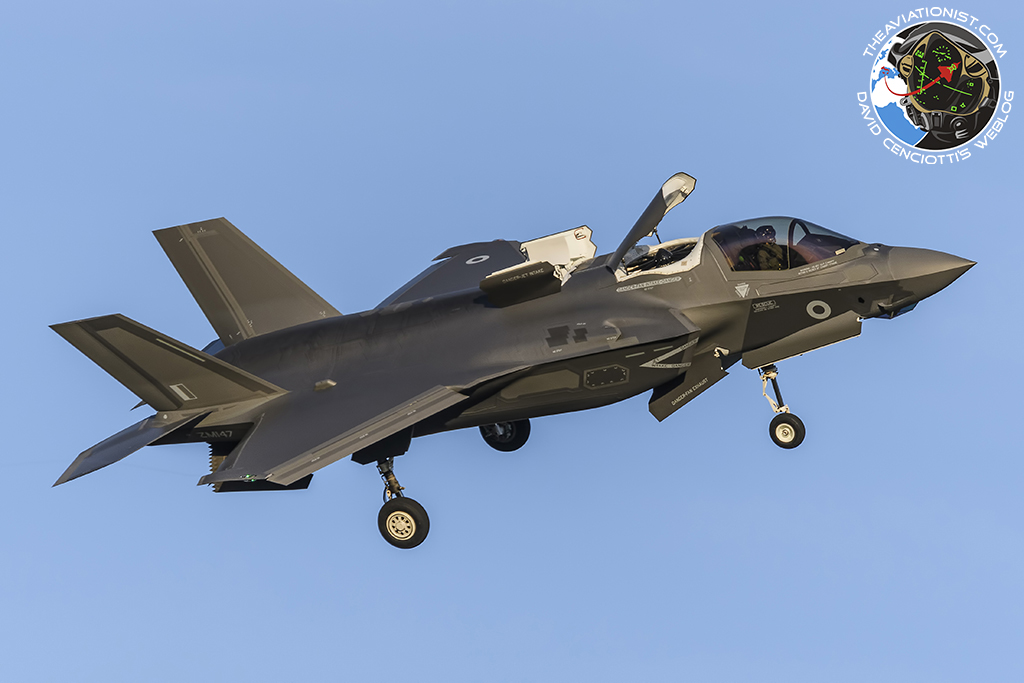Spotting outside RAF Marham, home of the UK’s stealth aircraft, on an ordinary day.
On Tuesday Sept. 25 afternoon, The Aviationist’s contributor Alessandro Fucito went to RAF Marham, near the village of Marham in the English county of Norfolk, East Anglia, UK, to take some photographs of the first British F-35B STOVL (Short Take Off Vertical Landing) stealth jets based there.
Whilst test pilots at the F-35 Integrated Test Force at NAS Patuxent River, Md. are involved in the first of two First of Class Flight Trials (Fixed Wing) phases, performing a variety of flight maneuvers and deck operations on board HMS Queen Elizabeth to develop the F-35B operating envelope for Britain’s newest aircraft carriers, the 617 Sqn at RAF Marham has eventually ramped up flying activity to achieve initial operating capability (IOC) from land bases. Indeed, there is still a lot to do, considered that the UK-based F-35Bs have flown less than expected during the summer: as reported by Aviation Week’s Tony Osborne recently, none of the UK-based aircraft has flown for 34 consecutive days, from Jul. 26 to Aug. 29 (not including the arrival of five F-35Bs belonging to the second batch which arrived from the U.S. on Aug. 3)!
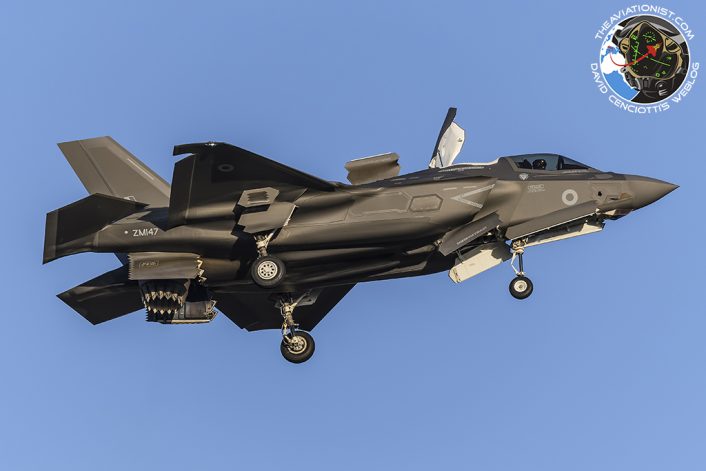
According to Osborne, little flying preceded the “mysterious month-long flying break”, considered that just 21 or 22 flights were flown up to July 26 (mainly local training sorties as well as the first vertical landings), including sorties flown in support of air show display flyovers. “The UK defense ministry insists the break in flying is a result of extensive maintenance checks and personnel on leave. But when the first batch of aircraft arrived in June, crews said they were expecting an intensive flying regime to achieve IOC,” commented Osborne.
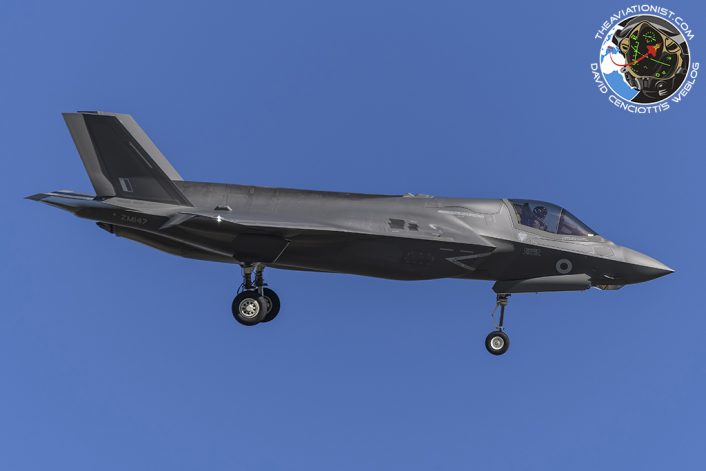
That said, our contributor Fucito has counted two F-35 sorties (and three Tornado ones) even though the Lightning jet was the same, ZM147, flying both missions. During each flight, the pilot has practiced three approaches, both in conventional and STOVL configuration, to the runway in use (RWY 01/19, the one that is used for short takeoffs and vertical landings, the other one, the 06/24 was closed for works). For those interested, the aircraft sported the type’s three Luneburg lenses (radar reflectors).
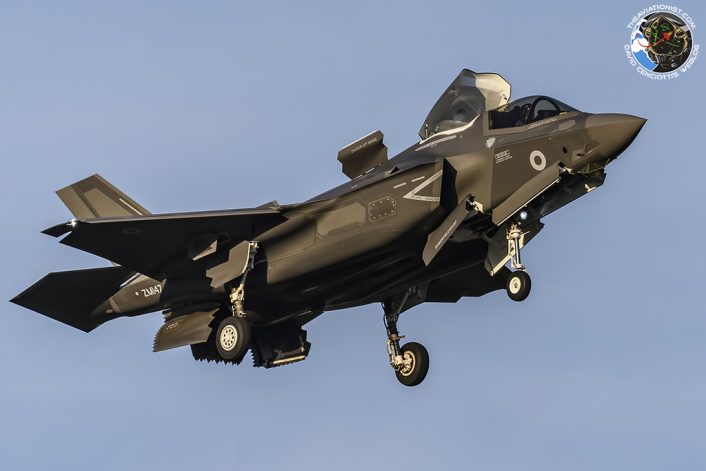
Although the activity was far from being “intense” at least the two F-35 sorties provided an opportunity for some interesting shots that you can find in this post.
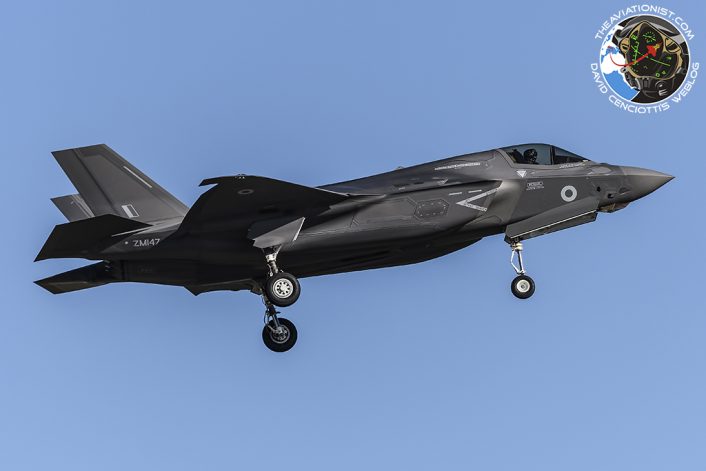
As a side note, although they have not been grounded after a U.S. Marine Corps F-35B has crashed in the US, someone has noticed that there was no Lightning activity at RAF Marham this week.

